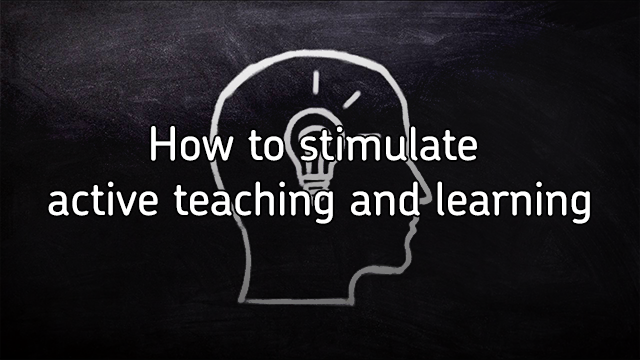Three simple steps to stimulate critical thinking
In this video, three ways to promote critical thinking are presented. Critical thinking is relevant for everyone, and especially for students.
You can enable subtitles by pressing the CC icon on the video
The three steps to train critical thinking are:
Working with open questions, where neither the correct answer, nor the path to a possible answer is predefined. This enables students to move out of their normal thinking patterns and helps them to question what they know in new ways. Without asking and solving open questions we can’t come to new solutions.
Challenging acquired knowledge with something new. Working with information that might be considered irrelevant or outside the scope of previous knowledge would be ideal for this. Experimenting with conditions never used before will lead to an unknown outcome and maybe to the next major question.
Complex problems are the last way to help students find new points of view. The key here is to deal with problems from a variety of different domains, creating the necessity for students to gain adequate information about the relevant topics. Exploring different domains, and taking in different viewpoints and conflicting interests will provide different complex problems/questions that need to be understood before they can be solved. This sharpens the students’ skills in critical thinking.
Questions for reflection
1. How could you include tasks that foster critical thinking?
2. What would it do to the learning environment of your students?
3. Could these three methods all be included in your teaching practice?




